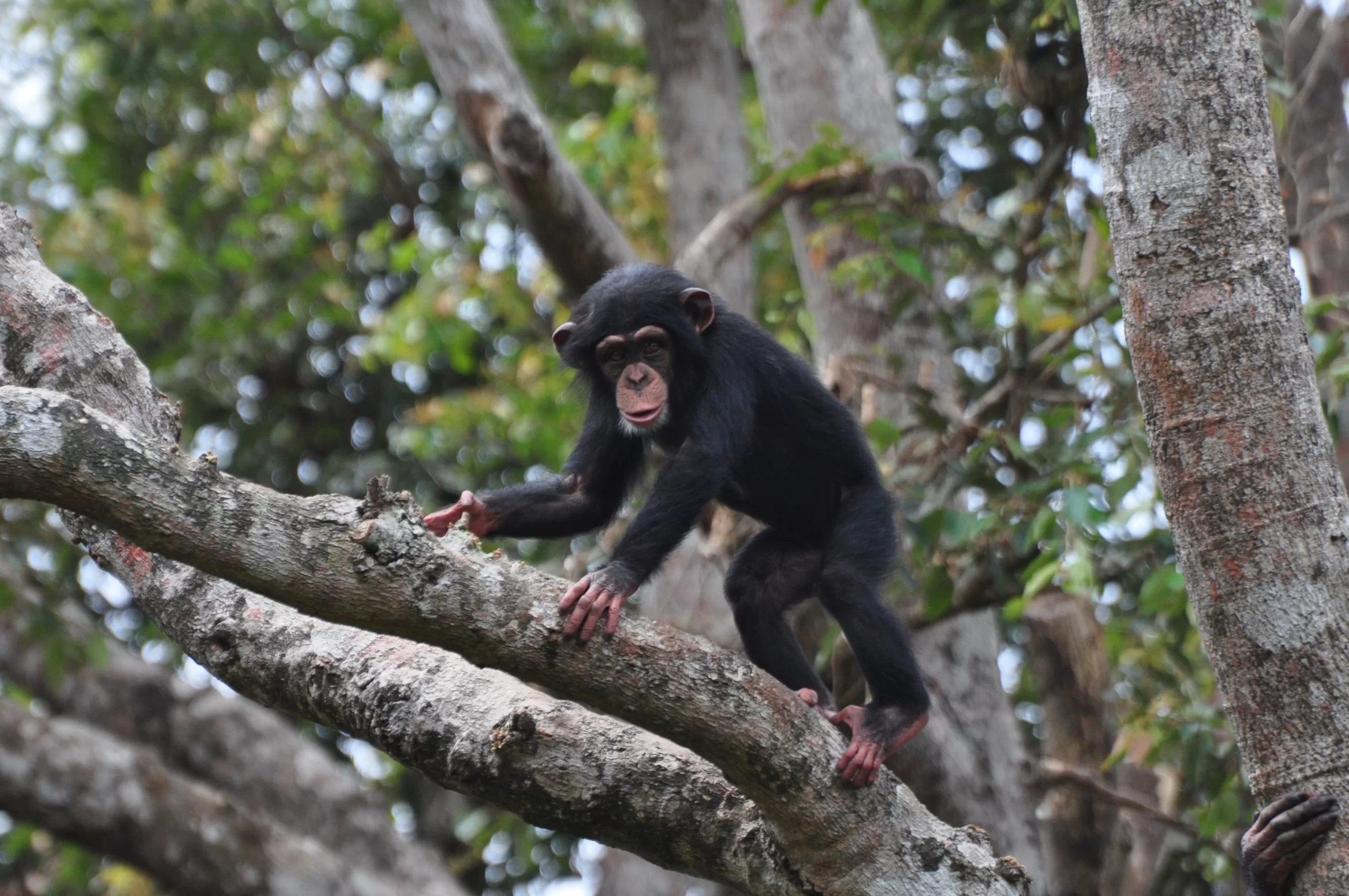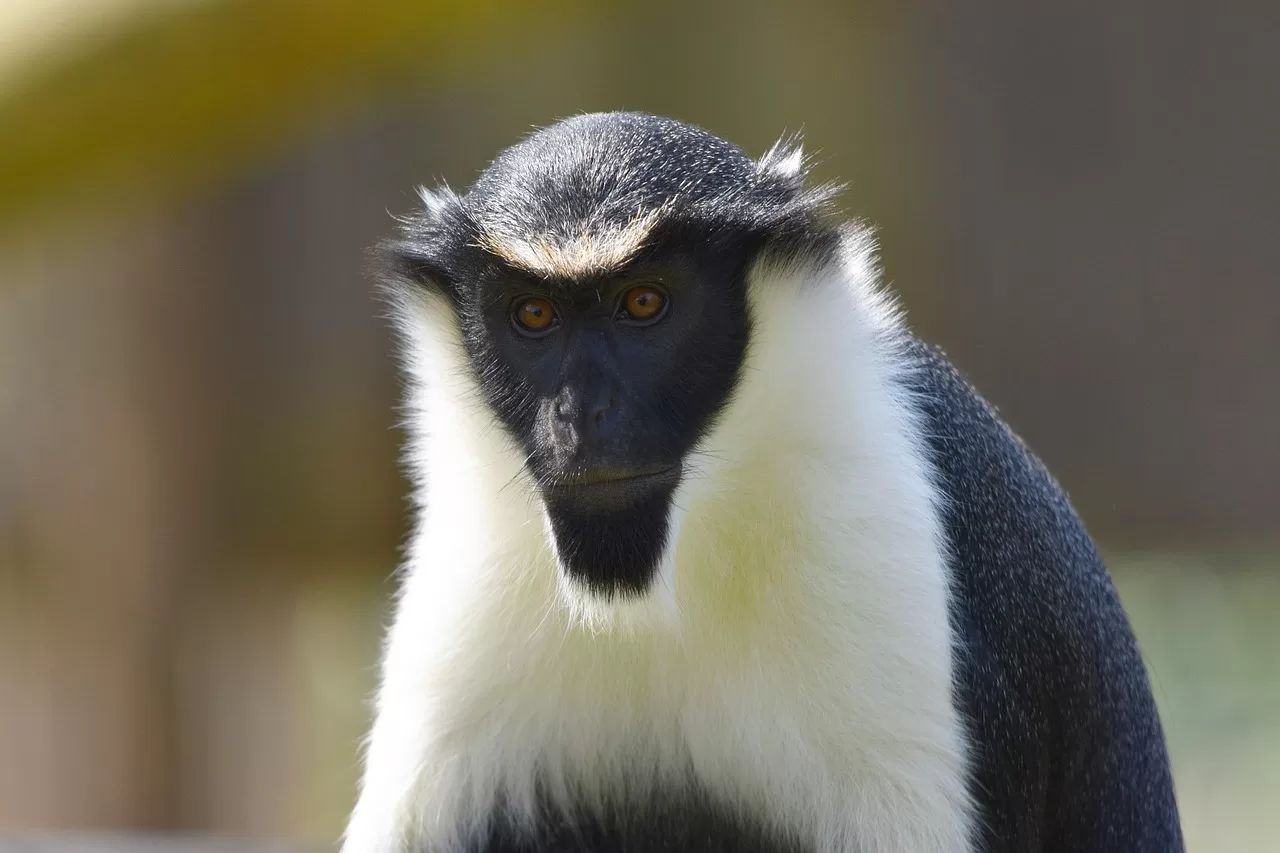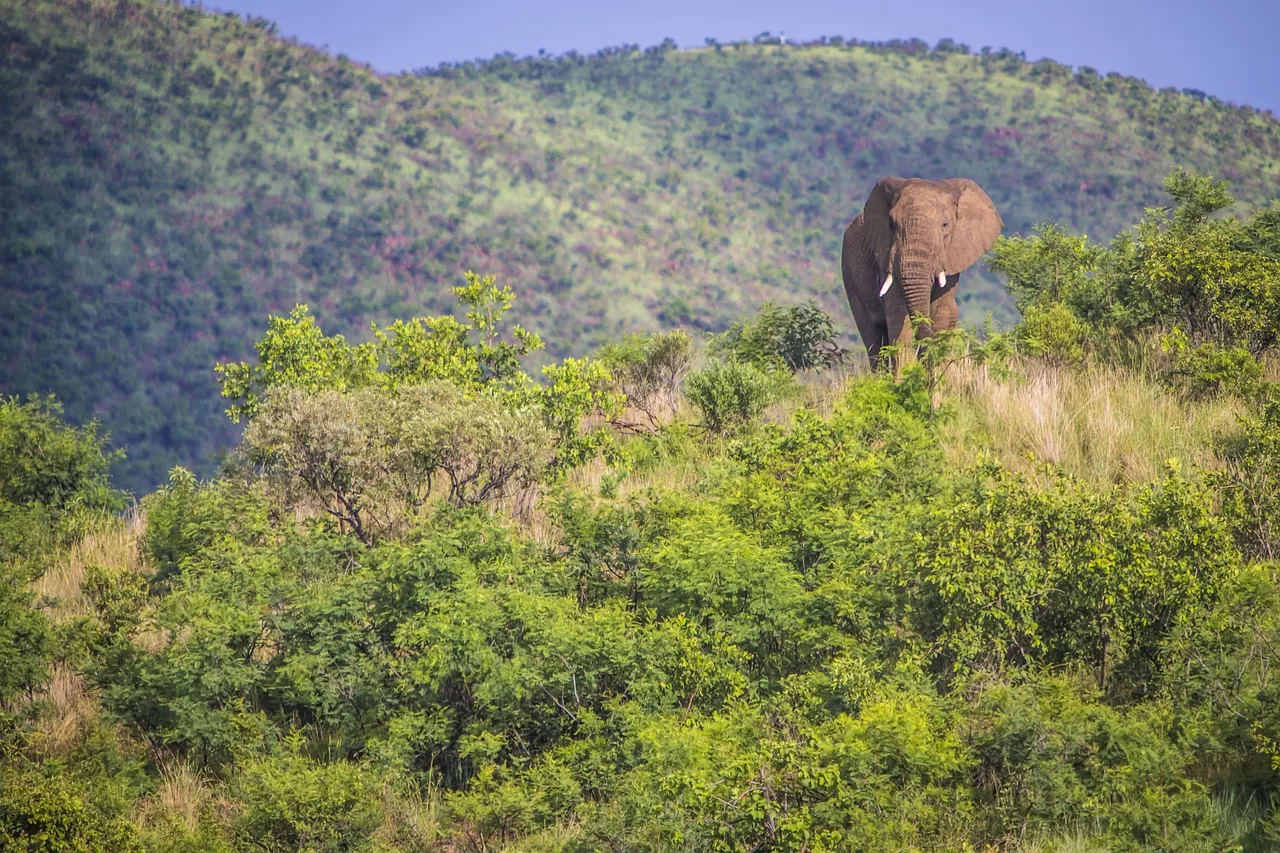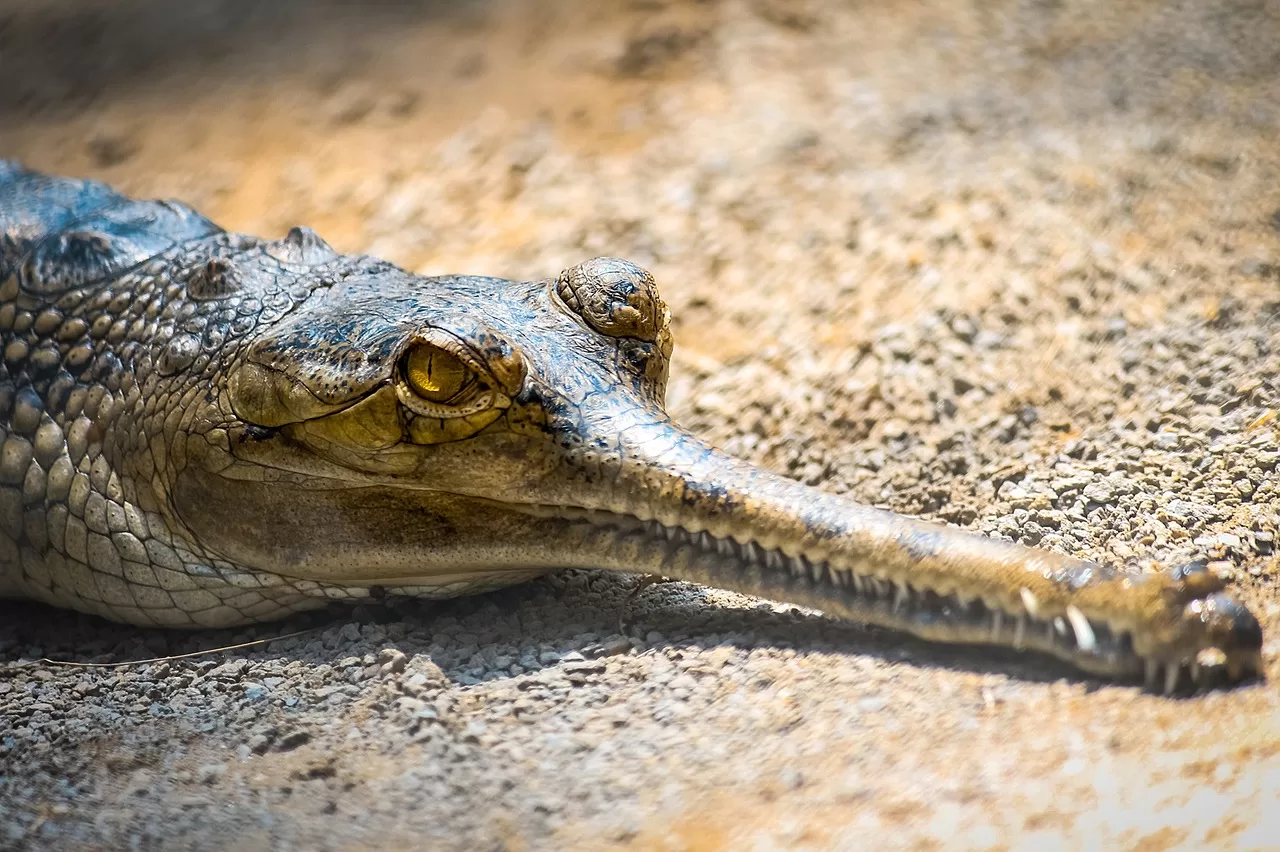Wildlife in Sierra Leone
A wildlife tour in one of Sierra Leone’s national parks is a not-to-be-missed for anyone visiting our country. Depending on where you go, and what time of year, you’re likely to see several animal species – from monkeys roaming the treetops, to birds gathering along rivers and lagoons, and lots of marine life to discover once you get underwater.However, Sierra Leone is also home to endangered species, and by visiting national parks and sanctuaries like Tacugama you’ll be contributing to their conservation. Let’s have a look at 6 rare endangered animals from Sierra Leone – if you’re lucky, you might even get to see some of them in the wild!
1. Chimpanzee
Chimpanzees are Sierra Leone’s national animal, but sadly they are also an extremely endangered species, with only approximately 5500 individuals surviving in the wild. Encroachment and habitat loss is the main cause of their endangered status, increasing interaction with humans and chimps being poached into the bushmeat or pet trade.Huge steps forward have been taken since the end of the Civil War, with Tacugama Sanctuary growing since their establishment in 1995, and increasing the number of chimpanzees being rescued and reintroduced back into the wild. Meanwhile, the Tonkolli Chimpanzee Project operates in Central Sierra Leone, preserving two populations of wild chimps that live in close contact with humans.Where to find them: Tacugama
2. Pygmy Hippo
Pygmy hippos are the smaller cousin of the better-known common hippopotamus, found throughout Africa. They are about half the size – measuring 75/100 cm height and 150/175 meter length, while common hippos reach 3 to 5 meters.There are only approximately 2000 pygmy hippos left in the wild, and can only be found in four countries – Liberia, Cote d’Ivoire, Guinea and Sierra Leone. It’s hard to spot them as they are mainly nocturnal and spend most of their time in small groups, unlike common hippos who live in large families.Where to find them: Tiwai Island National Park.
3. Diana Monkey
Native of West Africa, Diana Monkeys is named after the Roman goddess of hunting, as their white brow is reminiscent of that of the goddess. They are slender and only 40-50 cm long, and live in large groups of up to 50 individuals, spending most of their time on treetops in the primary rainforest.Similarly to chimps, Diana Monkeys are also endangered because of habitat loss and poaching, as their striking looks make them a popular choice for a pet. Exact numbers in the wild are unknown.Where to find them: Gola Rainforest National Park.
4. African Forest Elephant
African forest elephants are the smallest of the three elephant species, after the African bush elephant and Asian elephant. Their diminutive size is due to the fact that they evolved to live in dense rainforest – they only reach about 2.4 m shoulder height, and have smaller tusks pointing down.The survival of African forest elephants is crucial to the preservation of the rainforests, since they disperse seeds that germinate quicker after passing through their digestive system. About 90,000 individuals survive in the wild in the whole of West Africa, but it’s hard to spot them as they are very shy.Where to find them: Outamba Kilimi National Park.
Tokeh is home to The Place, the most exclusive beach resort in the country, and an excellent seafood restaurant. If you want a secluded getaway, we recommend spending the night.
5. West African Slender Snouted Crocodile
The West African Slender Snouted Crocodile was only recently discovered to be a distinct species from the other four existent species of African crocodiles.Their most peculiar characteristic is the long and slender snout, used to catch fish and other small aquatic animals. They hunt while completely immersed in water, using their snouts like tweezers to ‘pinch’ fish out of their hiding holes.Their endangered status is due to the pollution of many bodies of water because of mining for rare earth metals to make mobile phones. West African Slender Snouted Crocodiles are also hunted for their skins and scales, and their current numbers are unknown.
6. Jentink’s Duiker
Also known as gidi-gidi in Krio and kaikulowulei in Mende, the Jentink’s Duiker is a small antelope living in the thick rainforest in isolated pockets around Sierra Leone.They are the largest existing duiker species, about 80 cm tall at the shoulder and weighing about 70 kg. They are gray from the rump to the shoulder where they have a white band, and their head and shoulders are black.They are named after Fredericus Anna Jentink, a Dutch zoologist who helped identify several new species in the late 19th century, including this duiker.



